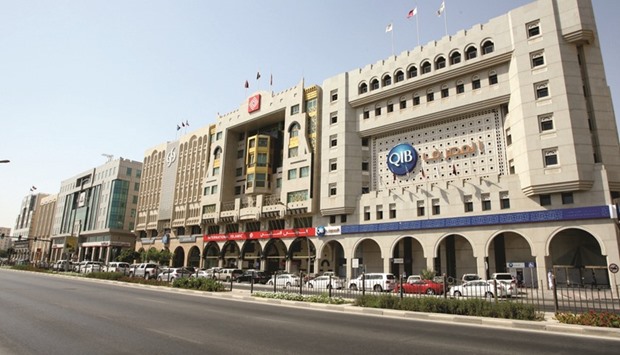Banks in the GCC (Gulf Cooperation Council) countries have been setting the capital ratio and provisioning for NPLs (non-performing loans) counter-cyclically to oil prices, according to a working paper of the International Monetary Fund (IMF).
Moreover, the study confirmed that oil prices and economic activity significantly affect bank asset quality and also identified feedback loops between oil price movements, bank balance sheets, and asset prices in the GCC.
The working paper also found loan loss provisions and capital adequacy ratios are positively correlated with indicators of business and financial cycles, thus helping to strengthen the resilience of the financial system to the oil price decline since mid-2014.
Highlighting that there is tentative evidence to suggest loan-loss provisions and capital ratios (CARs) have moved counter cyclically for some GCC banks; the working paper said country-level CARs are counter-cyclical in Bahrain, Kuwait, and Oman, with respect to real growth of credit, non-oil GDP (gross domestic product), or oil prices; while no systematic linkage was found for Qatar, Saudi Arabia, and the UAE.
Stressing that there is strong empirical evidence of feedback loops between oil price movements, bank balance sheets, and asset prices in the GCC; it said results suggest that, first, oil price movements affect bank balance sheets in a significant way.
“A 1% decline in oil prices leads to a 0.2–0.3% percentage point decline in real credit growth and a 0.1–0.2 percentage point decline in real deposit growth — with timing varying from immediate to 2–3 year lags,” the IMF paper said.
The NPL ratio would increase by about 0.1 percentage point in the long run, it said, adding there is also a feedback effect within bank balance sheets, as a higher NPL ratio leads to lower real bank credit and deposit growth — as solvency risk rises, banks reduce lending to boost CARs, while the customers lose confidence in the banks, and vice-versa.
Oil prices have rebounded vigorously from their trough in early-2016 and are expected to stage a more moderate rally in the next two years. The WTI spot price fell close to $30 a barrel in February 2016 (monthly average data), losing nearly three-fourth of its value since June 2014.
However, by mid-May, they have rebounded by more than 50%. Pricing of futures contracts suggests that oil prices are expected to recover at a more measured pace, by 5-10% over the coming two years.
More generally, evidence suggests that oil price performance has been an important driver of business and financial variables in the GCC economies.
Stronger performance of real and financial variables tends to be associated with oil price upturns, it said, highlighting that during 1991–2014, the growth rates of real government spending and non-oil GDP were much stronger during oil price upturns than during downturns.
Moreover, the timing of downturns in business and financial variables in some cases coincides with that of oil prices, it said, adding contractions in credit and equity markets reflected oil price movements, along with global financial market developments and the underlying domestic vulnerabilities.
“Importantly, contractions in real government spending occurred as often as real oil price downturns in the 1990s, but less so since 2000, likely aided by greater fiscal buffers,” it said.
Business / Eco./Bus. News
GCC banks setting capital ratio, provisioning for NPLs counter-cyclically to oil prices, says IMF

A view of the bank street in Doha. The IMF working paper says while country-level capital ratios of banks are counter-cyclical in Bahrain, Kuwait and Oman with respect to real growth of credit, non-oil GDP, or oil prices; no systematic linkage was found for Qatar, Saudi Arabia, and the UAE.
